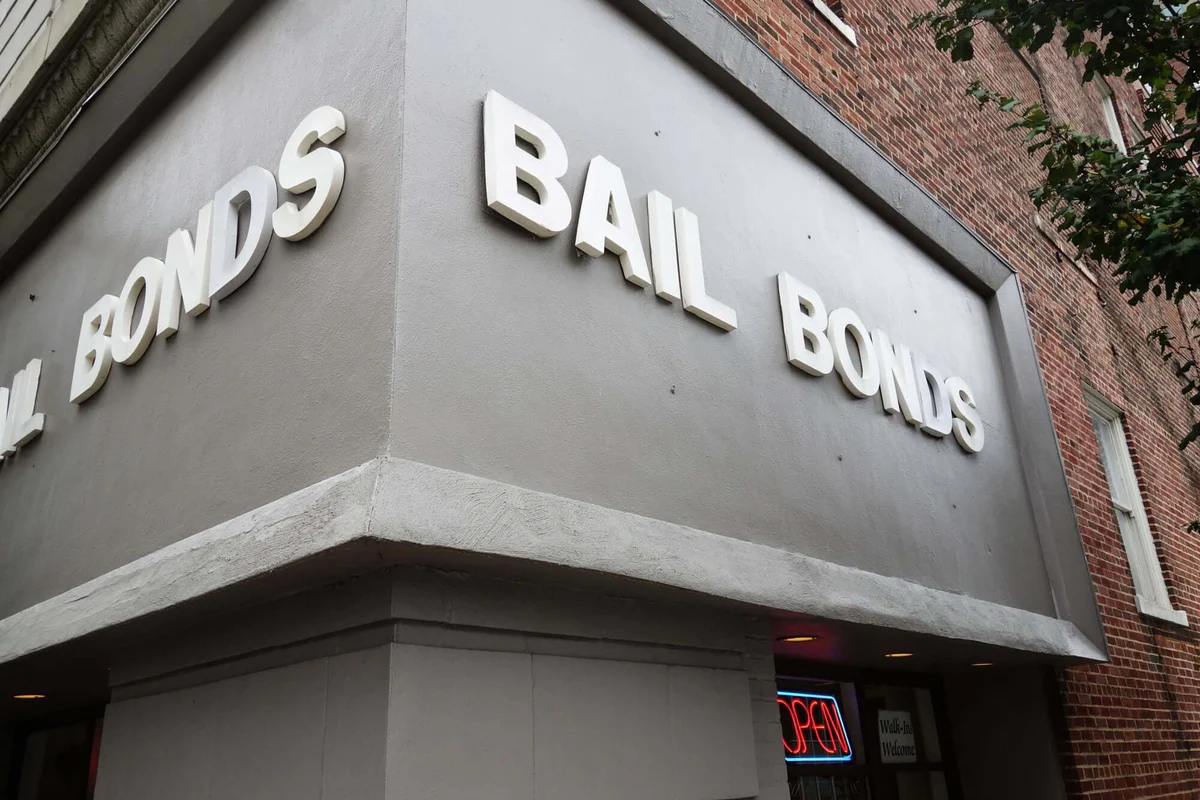Exactly How Bail Bonds Work: A Comprehensive Introduction
Bail bonds play a vital role in the lawful procedure by offering a system for people to protect their launch from guardianship while waiting for test. Understanding the details of how bail bonds operate, including the roles of courts, bail bondsmen, and the numerous costs included, can be crucial for anyone navigating this intricate system.
What Are Bail Bonds?
Bail bonds are commonly utilized in the criminal justice system as a financial assurance that a charged individual will appear in court as needed. When an individual is jailed, a court might establish a bail amount based on different variables, consisting of the severity of the infraction, the offender's criminal background, and the threat of flight. They might look for the assistance of a bond bondsman. if the charged can not manage the bail quantity - Los Angeles Bail Bondsman.
A bail bond is a contract between the defendant, the bail bondsman, and the court, ensuring that the defendant will fulfill their legal obligations. In exchange for a fee, generally a percentage of the total bail quantity, the bondsman supplies the court with a surety that assures the bail. If the accused fails to show up in court, the bail bondsman is accountable for paying the full bail total up to the court, which might lead them to go after the defendant for recovery.
Bail bonds offer to assist in the release of individuals waiting for test, allowing them to keep their work and household responsibilities while ensuring conformity with court appearances. This system is integral to stabilizing the legal rights of the accused with the interests of public safety and security and judicial stability.
The Bail Process Discussed
After recognizing the role of bail bonds in the criminal justice system, it is necessary to detail the bail procedure itself. The bail procedure begins when a person is apprehended and collared. Adhering to the apprehension, the accused is usually brought before a court for an initial hearing, where the judge will certainly identify whether to provide bail and set the quantity.
If bail is given, the offender has numerous alternatives to protect their release. They might pay the complete bail amount in cash, which is returned upon the completion of their court obligations. Alternatively, the defendant can seek the help of a bail bondsman, who bills a non-refundable fee-- usually a percentage of the complete bail amount-- to post bail on their part.
As soon as bail is published, the defendant is released from guardianship with the understanding that they must participate in all scheduled court appearances. Stopping working to show up can cause the forfeit of the bail and extra legal repercussions. The process concludes when the situation is solved, whereupon the bail is either returned or preserved by the bail bondsman as repayment for their services.

Sorts Of Bail Bonds
Numerous alternatives exist when it concerns protecting a release from guardianship with bail bonds. Understanding the different types can aid accuseds and their families make informed options.
One of the most common view it kind is the surety bond, which includes a third-party bail bondsmansman who guarantees the complete bail amount to the court for a non-refundable fee, usually around 10% of the bail quantity. This alternative is extensively utilized as a result of its availability for individuals who might not have the financial methods to pay the complete bail upfront.
One more kind is the cash bond, where a co-signer or the accused pays the complete bail amount in cash straight to the court. Upon successful conclusion of the instance, the funds are reimbursed, minus any applicable charges.

Lastly, immigration bonds are specifically designed for individuals apprehended by migration authorities, facilitating their launch while they await lawful procedures. Each sort of bail bond offers distinct purposes, accommodating different situations and needs within the lawful system.
Elements Influencing Bail Prices
A number of crucial variables influence the total price of bail, determining just how much an accused or their family members may need to spend for release. Among the primary variables is the intensity of the costs. Felony costs typically lead to higher bail amounts contrasted to misdemeanors as a result of the perceived risk of flight and the possible effects of the crime.

The defendant's monetary circumstance can likewise impact the bail quantity. Courts might take into consideration an offender's income and possessions when identifying bail, potentially causing higher prices for those with higher financial resources. The accessibility of security may affect the necessary payment. If a bondsman regards a higher threat, they might set a higher costs, additional enhancing the expenses related to safeguarding a bail bond. Understanding these variables can help offenders and their families prepare for the monetary implications of protecting bail.
Obligations of the Indemnitor
As soon as bail has actually been safeguarded, the obligations of visit the indemnitor, or the person that accepts back the bail bond, entered play. The indemnitor is largely accountable for making sure that the defendant attends all set up court appearances. Failing to do so may lead to the forfeit of the bail bond and possible lawful consequences for the indemnitor.
In addition, the indemnitor is obligated to pay back the bail bond business the full quantity of the bond if the accused fails to show up in court. This includes any type of expenses or charges sustained by the bail agent in recuperating the accused, which might further rise the economic concern on the indemnitor.
The indemnitor needs to also keep open interaction with both the bail and the defendant bail bondsman, providing any kind of required updates associated with the defendant's circumstance. It is vital for the indemnitor to stay familiar with the lawful commitments and consequences related to the bail bond, as lack of knowledge may cause unplanned liabilities.
Final Thought
In recap, bail bonds offer as a crucial device within the criminal justice system, assisting in the release of accuseds while guaranteeing their appearance in court. Understanding the numerous types of bail bonds, the complexities of the bail process, and the aspects affecting bail prices is essential for navigating this facility landscape. In addition, recognition of the duties birthed by the indemnitor highlights the relevance of notified decision-making when engaging with bail bond solutions.
Comprehending the complexities of exactly how bail bonds work, including the functions of courts, bail bondsmen, and the various costs included, can be essential for any person navigating this intricate system.After recognizing the role of bail informative post bonds in the criminal justice system, it is essential to lay out the bail process itself. The accused can seek the aid of a bail bondsman, who charges a non-refundable fee-- usually a portion of the complete bail quantity-- to publish bail on their behalf.
If a bond bondsman regards a greater risk, they might set a higher premium, more enhancing the expenses associated with securing a bail bond. Understanding the different types of bail bonds, the intricacies of the bail procedure, and the factors affecting bail prices is essential for navigating this complicated landscape.